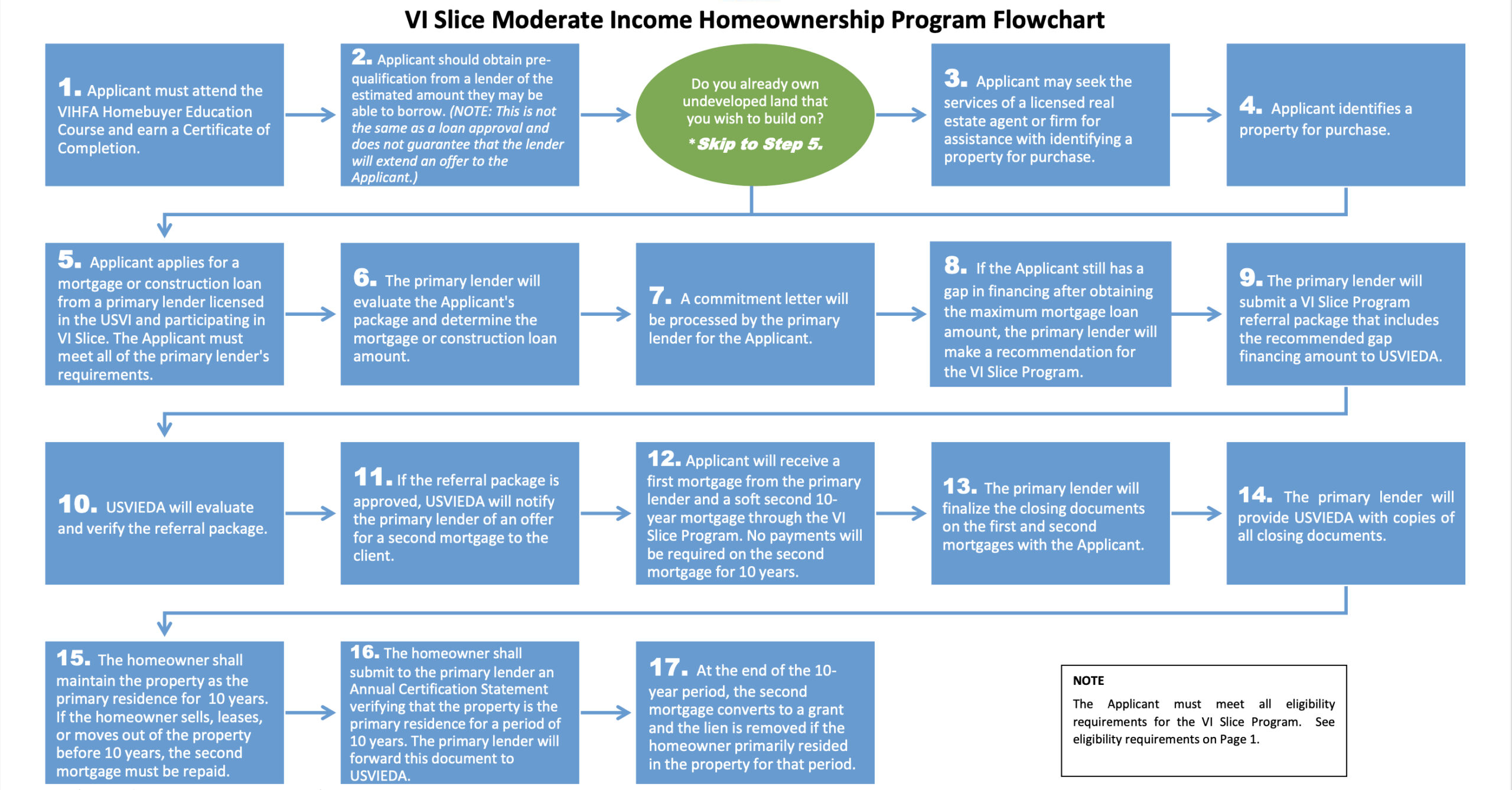
During a recent budget hearing, Sen. Ray Fonseca urged nurses to use their newly-negotiated pay raises to buy homes through a gap-funding program meant to help moderate-income Virgin Islanders.
A nurse renting in Oswald Harris Court had told Fonseca she planned to move to Florida, where she could afford to buy a house.
“We need you to apply for the V.I. Slice program because you would be a perfect person to now qualify,” Fonseca said. “Don’t spend that pay raise on no bad ride and 800-count cotton sheets. Virgin Islands, let’s concentrate on buying a home. This is very, very, very important.”
While the nurses’ new average annual salary of $116,000 might seem better than moderate-income to some Virgin Islanders, a scarcity of available property, bank loans, and home insurance has made homeownership in the territory less than easy.
The V.I. Slice program, launched by Gov. Albert Bryan Jr. in October, provides up to $200,000 in gap financing to Virgin Islanders who qualify for a conventional mortgage through participating banks and meet the other program requirements.
Among other criteria, first-time homeowners in St. Croix must have a household income between $43,501 and $216,300. For St. John, the income range is $47,151 to $260,750. And St. Thomas borrowers must make between $45,298-$242,900 to qualify.
Despite community outreach from the Economic Development Authority, which administers the program, applications and successful applicants have been few.
Only six Slice applications have been submitted, said Celina Morris, the authority’s director of marketing, in July. Two were withdrawn and one is still pending. The first successful V.I. Slice applicant received her mortgage in May in St. Croix. A second applicant was approved in July in St. Thomas. And a third was recently approved in St. Croix.
Amanda Trattner, realtor and “off-grid living specialist” with Sea Glass Properties, helped close the second V.I. Slice mortgage. She said all parties — lenders, borrowers, and government administrators — were still learning how the Slice program could work best.
“It’s a new program so there’s definitely a lot of growing pains,” Trattner said. “People need to really do their research.”
The Slice program is meant to supplement a borrower’s down payment and closing costs, not provide the entire amount, said Michael Armendariz of Capital Mortgage Services of Texas.
“The program works best for those who have been able to save their money but happen to be short between 15 and 20 percent of the total amount of funds needed,” said Armendariz, whose company is the lender on all three Slice mortgages so far. “Providing this gap coverage to cover the difference is good in the eyes of the lender as it shows the borrower is personally vested in the property.”
V.I. Slice draws on $20 million dollars set up for the program through the federal American Rescue Plan Act. It ends once that money runs out, he said.
“Due to the limited amount of inventory the territory has available, this gives borrowers plenty of time to continue to save their money and wait for a property to become available,” Armendariz said. “Any delays in the program are attributed to the finalization of each individual lender’s financing agreements. The agreements are not a blanket agreement for each lender. Each lender has their own set of guidelines to be met, reviewed and followed. There are still some program clarifications forthcoming from VIEDA and we understand that is coming sometime this month, which will help to address any confusion on the program amongst the general public.”
One point of clarification is that the program isn’t just for buying existing homes. Slice covers up to $200,000 in land purchase and construction, $200,000 for purchase and rehabilitation, and $100,000 for down payments and closing costs.
Not all lenders participate in each element. Armendariz’s company only lends for the down payment portion of the program, for example.
Trattner said slowdowns in the program came from the lending side, not the government.
“Once it hit the Slice’s desk that whole portion went really fast,” she said. “You basically need to have at least 5 percent of the purchase price in savings plus the closing cost, and then the Slice program will pick up the gap if you qualify for it.”
With interest rates still high, and large insurers pulling out of many disaster-prone areas, Slice is a good option for would-be new homeowners that qualify, Trattner said.
Some have privately pondered if the program was a campaign gimmick meant to bolster Bryan’s popularity just before the November election. Others thought it might be narrowly administered so as to only serve a select few.
Trattner said it didn’t work like that. People who had more than one USVI property needed to sell the other before seeking Slice assistance, she said.
“The program is not designed to enrich people. It’s really designed to help people break into the housing market here,” Trattner said.





